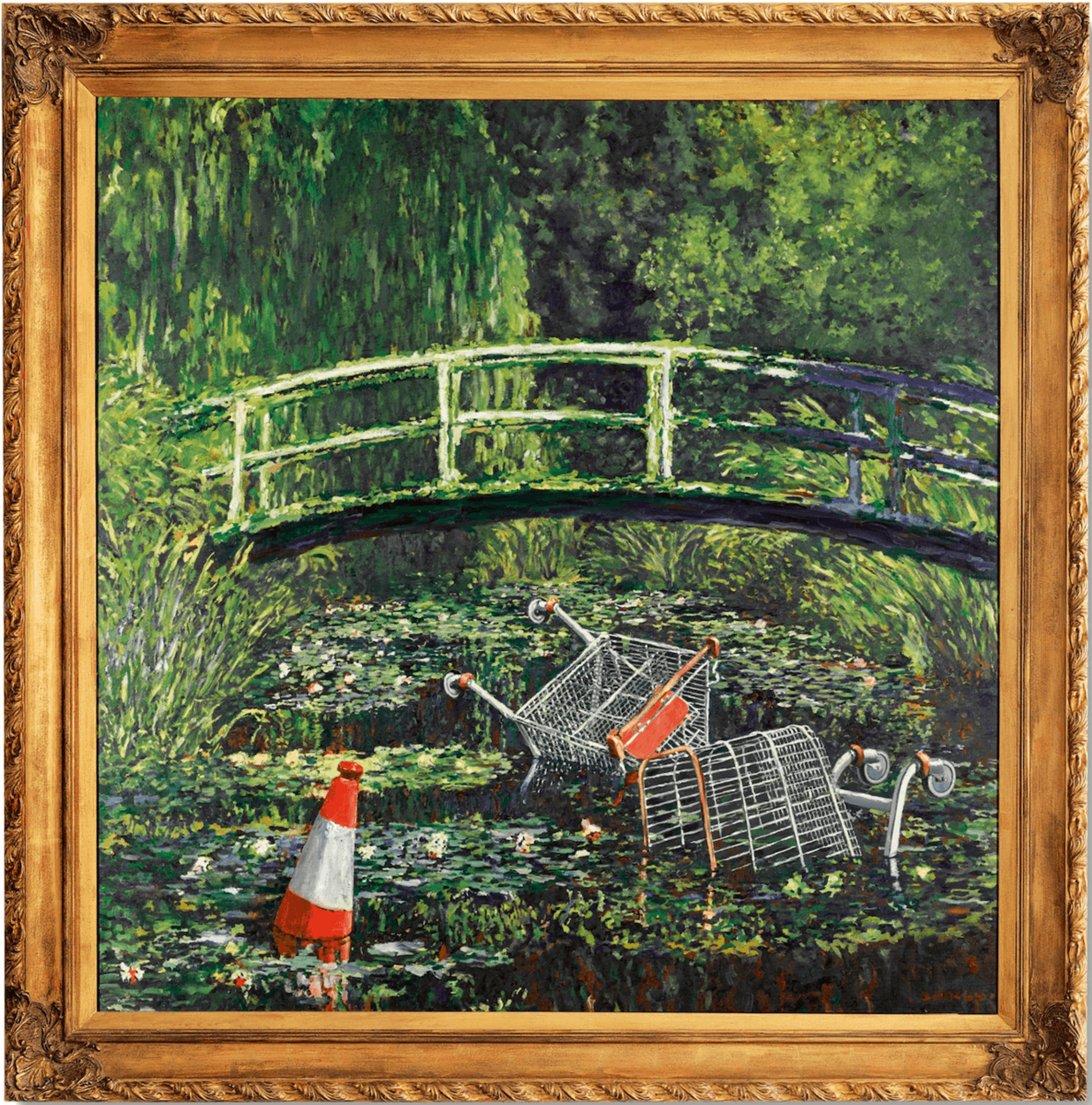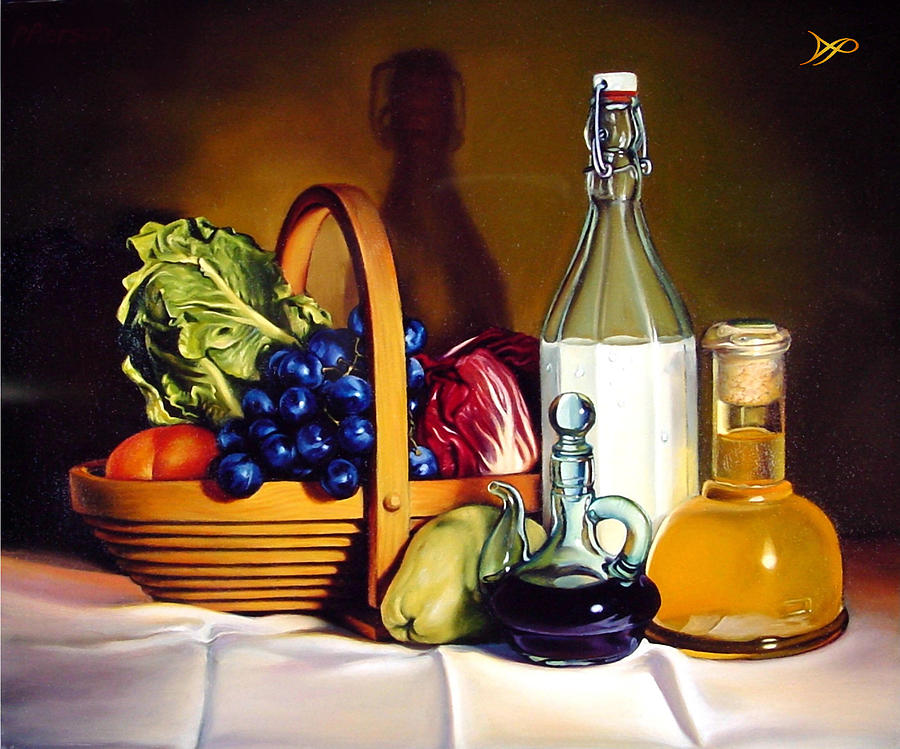Rare Valuable Oil Paintings for Sale
Exploring Everything About Oil Paintings: An Overview to Comprehending Their Charm and Value
Oil paintings have actually astounded target markets for centuries, offering a glance right into the artistic proficiency of various eras. Their abundant history is intertwined with ingenious methods and profound emotional expression. Comprehending the materials and methods behind these art work can enhance admiration. Furthermore, the market for oil paints provides possibilities for financiers and collection agencies alike. As one explores this interesting world, the inquiry develops: what makes an oil paint truly beneficial?
The History of Oil Paint: A Trip Via Time
Oil painting has origins that date back to ancient times, it really thrived throughout the Renaissance, when musicians found its versatility and abundant color possibility. Early instances can be mapped to the 7th century, with strategies evolving especially throughout societies. The tool ended up being popular in Northern Europe in the 15th century, especially with the works of musicians like Jan van Eyck, that pioneered its use for detailed realism and vivid colors. This period marked a separation from tempera paints, permitting higher depth and texture. As oil paint spread, it influenced countless artists, leading to masterpieces by distinguished numbers such as Leonardo da Vinci and Rembrandt. The tool's legacy continues, forming the art world well right into modern times.
Recognizing Oil Repaints: Materials and Techniques
As artists discover the globe of oil paints, they experience a diverse array of products and strategies that define this tool. The key elements of oil paint consist of pigments, which give shade, and drying oils, such as linseed, that bind the pigments and assist in application. Different additives can modify the paint's texture and drying time, enhancing adaptability. Techniques like glazing, where transparent layers are developed up, and impasto, which includes using thick paint, permit various aesthetic impacts. Furthermore, making use of brushes, palette blades, and also fingers can develop one-of-a-kind textures and coatings. Understanding these techniques and materials enables musicians to completely reveal their imagination and accomplish the preferred effect in their artwork.
The Role of Color in Oil Paintings
Color plays a critical role in oil paints, affecting both aesthetic charm and psychological resonance. Recognizing color theory essentials, including the connections between colors, can enhance a musician's capability to share state of mind and ambience. Furthermore, grasping shade mixing strategies enables better depth and splendor in a painting's palette.

Shade Concept Fundamentals
Recognizing shade theory is essential for musicians dealing with oil paints, as it creates the foundation for creating harmonious and aesthetically appealing structures. Shade concept includes the study of how shades communicate, the shade wheel, and the connections in between main, secondary, and tertiary shades. Musicians make use of complementary shades to improve contrasts and develop focal points, while similar colors advertise unity and cohesiveness within a piece. Additionally, the principles of great and warm shades influence the perception of deepness and space in a paint. Comprehending these principles permits artists to control color successfully, assisting the viewer's eye and interacting their intended message. Proficiency of shade concept ultimately improves an artist's capability to share emotions and ideas via their work.
Emotional Influence of Color
The emotional effect of shade in oil paints plays a vital role in exactly how visitors attach and perceive with artwork. Colors evoke certain feelings and state of minds, affecting the audience's psychological state. For circumstances, cozy colors like oranges and reds can develop a sense of warmth and energy, while great tones such as blues and greens typically stimulate calmness or introspection. Artists strategically choose shade schemes to enhance narrative components, guiding the audience's psychological journey. The saturation and contrast of colors further amplify these effects, attracting focus and developing focus. Eventually, the interaction of shades in oil paintings not just improves their visual appeal but also works as a powerful medium for emotional expression, enriching the audience's experience and analysis.
Shade Combining Techniques
While lots of facets of oil paint add to the general structure, grasping color mixing techniques is necessary for achieving desired effects and deepness. Shade blending can be approached through various methods, consisting of the subtractive and additive procedures. Additive mixing includes integrating colors of light, while subtractive mixing relies upon pigments, where shades mix to create brand-new tones. Artists usually make use of a minimal combination to create harmonious jobs, recognizing the partnerships between primary, second, and tertiary shades. Methods such as glazing and scumbling further boost deepness and luminosity. By masterfully blending shades, a musician can evoke emotions, develop focal points, and achieve a feeling of realistic look, inevitably boosting the painting's emotional and aesthetic influence.
Famous Oil Painters and Their Iconic Works

Well known for their mastery of color and method, oil painters have actually developed several of one of the most celebrated artworks in history. Popular musicians like Vincent van Gogh mesmerized target markets with his stirring brushwork in "Starry Evening," while Claude Monet's "Perception, Daybreak" laid the foundation for Impressionism. Leonardo da Vinci's "Mona Lisa" stays a long-lasting sign of creative brilliant, showcasing his skill in catching human expression. Rembrandt's "The Night Watch" shows his innovative use of light and darkness. Various other remarkable figures include Pablo Picasso, who revolutionized modern-day art with his vibrant trial and error in jobs like "Les Demoiselles d'Avignon," and Georgia O'Keeffe, whose lively depictions of landscapes website and blossoms assisted define American modernism. Each artist's unique design added substantially to the oil paint landscape.
How to Evaluate the Quality of an Oil Paint
Assessing the quality of an oil paint entails a careful analysis of workmanship techniques, in addition to an analysis of color and make-up. Observing brushwork, layering, and the application of paint can expose the musician's ability degree. In addition, the interplay of shades and the general arrangement of components contribute substantially to the paint's aesthetic value.
Analyzing Workmanship Methods
A careful evaluation of craftsmanship techniques is essential for determining the top quality of an oil paint. Evaluators should initially take a look at the application of paint; thick, textured brushstrokes may recommend a knowledgeable hand, while extremely uniform applications could show a lack of deepness. oil paintings for sale. The layering method is also vital; the visibility of glazes and differed thickness can boost brightness and intricacy. Furthermore, the quality of the products used, such as the canvas and pigments, plays a substantial function in resilience and overall aesthetic. Attention to detail in elements like sides and shifts in between colors mirrors the artist's dedication to their craft. Ultimately, these methods contribute to the paint's psychological effect and market price, serving as indications of the artist's ability and intent
Analyzing Shade and Make-up
While assessing the top quality of an oil painting, one need to focus on the interplay of shade and make-up, as these elements are essential to the artwork's general impact. Shade choices can develop and evoke feelings state of mind; therefore, the artist's combination ought to be checked out for consistency and comparison. A well-balanced structure guides the customer's eye and develops a feeling of unity. Musicians commonly use strategies like the regulation of thirds or leading lines to boost aesthetic passion. Furthermore, the use of light and shadow can add depth, improving the three-dimensionality of the paint. Ultimately, a successful oil painting weds shade and structure, involving the audience and inviting a deeper appreciation of the musician's vision and method.
Caring for and Preserving Oil Paintings
Proper treatment and conservation of oil paints is important for maintaining their honesty and longevity. To safeguard these artworks, it is important to show them far from straight sunshine, which can trigger fading and staining. Preserving a steady atmosphere with controlled temperature and humidity additional aids in protecting against damages. Cleansing must be done carefully using a soft, completely dry towel, staying clear of any harsh chemicals that can hurt the paint or varnish. Normal examinations for indications of wear and tear, such as breaking or flaking, are a good idea. When keeping or transporting oil paintings, correct extra padding and framework are essential to stay clear of physical harm. Ultimately, thorough treatment adds to the aesthetic charm and value of oil paints with time.
The Market for Oil Paintings: Accumulating and Investing
Comprehending the market characteristics for oil paintings is vital for collectors and capitalists alike. The worth of these artworks is affected by different variables, consisting of the musician's track record, historical value, and present trends. Collection agencies frequently look for pieces that reverberate personally while thinking about potential recognition in value. Public auctions and galleries serve as primary places for purchasing and marketing, with costs fluctuating based on need and rarity. Purchasing oil paints calls for research right into the market, in addition to an understanding of credibility and provenance. Additionally, emerging artists might offer chances for substantial returns, while established names can command high costs. Overall, a calculated strategy to collecting can generate both visual enjoyment and economic incentives.

Frequently Asked Questions
What Are the Environmental Impacts of Oil Painting Products?
The ecological influences of oil painting materials include the release of unstable natural substances (VOCs), hazardous waste generation, and source removal for pigments. These factors add to pollution and environmental deterioration, increasing worries amongst eco conscious musicians and customers.
How Do Different Canvases Influence Oil Paint Results?
Different canvases affect oil paint results significantly. Absorbency, texture, and surface area high quality can alter paint application, drying times, and shade vibrancy. Musicians often choose specific canvases to attain wanted impacts and improve their artistic expression.
Can Oil Paintings Be Restored if Harmed?
If damaged, Oil paintings can certainly be restored. Specialist conservators make use of different techniques to fix rips, clean surfaces, and address staining, making certain that the artwork retains its initial appeal and value for future generations.
What Are the Signs of an Initial Oil Paint?
The indications of an original oil paint include noticeable brush strokes, structure variants, and an irregular canvas weave (oil paintings for sale). Additionally, authenticity may be verified with provenance, trademarks, and the visibility of a varnish layer special to oil tools
Exactly How Has Technology Influenced Modern Oil Paint Techniques?
Technology has actually significantly affected modern oil paint methods by presenting digital devices for planning, boosted materials for appearance and long life, and online platforms for selling and sharing art, therefore increasing artists' creative possibilities and audience get to. Oil painting has roots that date back to old times, it truly grew throughout the Renaissance, when artists found its versatility and rich shade possibility. The emotional effect of shade in oil paintings plays a crucial function in just how visitors connect and regard with artwork. While many facets of oil painting add to the general composition, understanding color mixing techniques is crucial for accomplishing desired results and depth. Evaluating the top quality of an oil painting entails a cautious assessment of workmanship techniques, as well as an evaluation of color and make-up. While assessing the top quality of an oil painting, one must concentrate on the interplay of shade and structure, as these elements are basic to the artwork's total impact.